Reading Australia: 'Dimboola' by Jack Hibberd
Dimboola's title is a great start to the play that was first performed in 1969. It belongs nowhere but in Australia. At the same time, not many people can claim to have lived there or to know someone from Dimboola. Indigenous? Maybe. And where is Dimboola? You drive through it on your way to somewhere else. It's in Victoria, out where all the roads are signposted 'so many km to Melbourne'.
There is a comic sound to it. It takes an effort to imagine King Lear in Dimboola.
So – make-believe territory. What have we on our plate, our stage, this evening? A marriage has taken place. An ordinary young man marries an ordinary young woman. Not make-believe. People continue to get married and give their children in marriage and attend the weddings, despite breakaways from convention. What could possibly be remarkable about a small-town marriage, attended by both pairs of parents, the priest, best man, bridesmaid and flower girl, an uncle and aunt and cousin of the bride, a couple of local characters, and two musos?
Many of the characters think that this should be a special day for the bride and bridegroom: an orderly ceremony should be followed by a wedding banquet held in an atmosphere of goodwill. But people have different ideas – religious, convivial – of what is proper. They nurture opinions, obsessions, likings, and resentments that are usually concealed or expressed only as confidences.
There is a contradiction at the heart of this. Personality is one concept of the individual. An individual may be angry, tired, vain, delighted, interested in various ways in those round about. But personality, at a ceremony, is set aside and none of these feelings is expressed. At a coronation the actual characters of the monarch, the celebrants, and the front-row witnesses are not on display. They are lay figures deployed in a program, speaking set texts, performing symbolic acts, obeying the prescribed order in processional approaches to, and departures from, the site of the ceremony. It is the crowd outside who are free to ooh and ah, scream, laugh, cry, dig one another in the ribs, point, throw flowers. To push forward. To give up and go home.
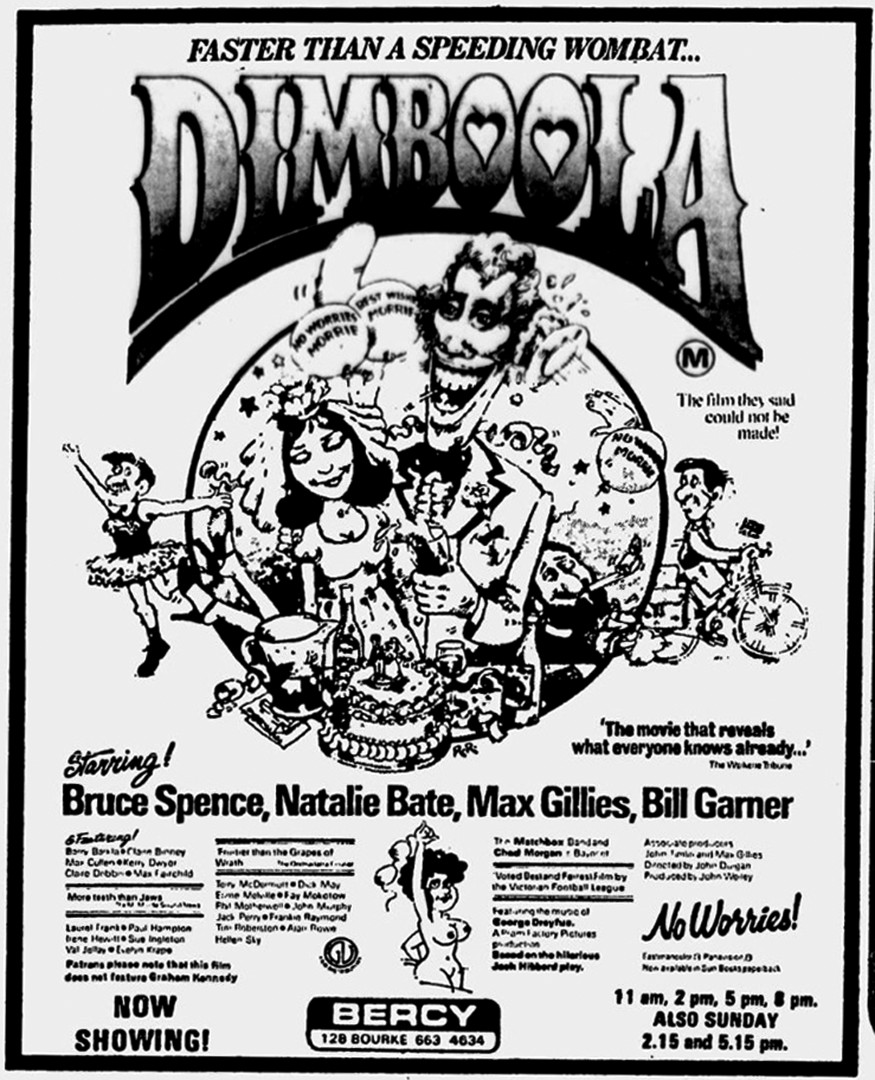 Dimboola movie poster, 1979, The AgeSo where are we – at a ceremony or in the crowd? The contradiction is right there in the play: we have moved from the formal and religious moments to the aftermath, and the spirit of the community can assert itself. We see many of the performers become witnesses, commentators. They still have set roles, but is that all? Temptation is strong – opportunities for display, the urge to respond to provocations.
Dimboola movie poster, 1979, The AgeSo where are we – at a ceremony or in the crowd? The contradiction is right there in the play: we have moved from the formal and religious moments to the aftermath, and the spirit of the community can assert itself. We see many of the performers become witnesses, commentators. They still have set roles, but is that all? Temptation is strong – opportunities for display, the urge to respond to provocations.
Let's think about Dimboola as narrative. One storyline is provided by the banquet: greetings at the door, with guests (some uninvited) arriving and then the bridal couple. Some guests enter late. Toasts, dinner courses and speeches should follow in set order, and performances – a song, dances. The waiters circulate with food and dishes. Much of this movement depends on the resources. Does the director have sufficient numbers for such a large cast (sixteen named characters), let alone the band and catering staff?
Seated at tables, moving dishes, sampling food, emptying glasses, the named cast offer their speeches and actions to a seated audience, who may or may not think of themselves as extra guests. This play's action might well move into the audience; indeed, when Bayonet and Mutton 'appropriate to themselves a small table in among the body of guests', are these the paying guests, the audience, or additional 'guests' on stage? We can guess at another closing of the gap between acting company and audience: extras might be recruited from the town that is the site of performance.
It is obvious that all the turmoil of table service, with increasingly disorderly behaviour by the bridal party, does not form a single strong storyline. As we look at the relationships and ideas explored in this play, we must keep asking ourselves: what, besides a wedding banquet, is it all about?
Things start ominously, with a sexual crack at the bride by the best man and her own father. Before everyone is seated, we become aware that the bridegroom, whether dim-witted, nervous, or drunk, is unable to utter more than a repeated, uninspired phrase every few minutes. The presence of Bayonet and Mutton upsets the mothers, who know what to expect from these old mates of Knocka and Darkie. Along with best man, Dangles, and even, it turns out later, Father O'Shea, their main interest is the drinks.
The next revelation is the reciprocated antagonism of unmarried Aggie towards the two gatecrashers. By the time Horrie arrives, drunk and swaying on his feet, the talk is combative and largely pro-drink, anti-authority, shushed in vain by the women. Horrie, despite his perfunctory apology to his wife, Mavis, for belching, takes a seat with the two reprobates. The two mothers and the bridesmaid attempt to return to sweetness and light, congratulating the bride ('You'll never be happier than this, love') – a preface to flower girl Astrid's song and tap dance. The audience can anticipate stormy moments ahead.
In the following conversation, bridegroom Morrie, encouraged by the older men to be masterful but also to treat marriage as a mistake, changes his signature phrase ('No worries'), and Horrie enters his natural mode, performance. Anticipating the arrival of respected Dr Silverside (the drunks call him 'Porterhouse' and 'Liverwurst') and reflecting that 'It's no funeral' is the best solace the women can find as the dogfight escalates between Aggie and the gatecrashers. Even the bride's attempt to see things going well is succeeded by suggestions that the best man should seduce the bridesmaid. Meanwhile 'Slow Boat to China' is followed by 'Red River Valley', no doubt Horrie's usual contributions. By this time, the text gives evidence of divergent interests:
Florence: We're terribly sorry, Father.
Father O'Shea: They're not worrying me.
Astrid: Mummy, I want to have a wee.
Mavis: Shhh! Don't tell the world.
Mutton: A toast to the Queen!
Bayonet: I wish to pay my respects to the Colonel.
Florence: Father O'Shea is the Master of Ceremonies. Let him run things.
Mutton: May she have many more!
Upon Father O'Shea's entry with the astonishing word 'Dickies', religious rifts open up. Aggie's preference, the protestant Reverend Potts of St Basil's, is straightaway labelled an abuser of choir boys, culminating in Bayonet's limerick where the subject is avoided by labelling the 'uncontrollable fire' arson. O'Shea's comments ('a purple-pissing Protestant', 'a parsimonious Pom') call forth the Scots in Horrie and Angus's suggestion that the reverend should apologise. O'Shea's three words of Latin, 'ite missa est' ('it/he was sent forth', i.e. 'I've said my piece') are rightly treated as suspect, whereupon the fathers-in-law, protestant McAdam and catholic Delaney, start a fight, only to be escorted out by Dangles, to encouragements from Bayonet and Mutton and Horrie's rendition of 'South of the Border'.
'We have moved from the formal and religious moments to the aftermath, and the spirit of the community can assert itself'
At this moment of maximum indecorum – Maureen (crying): 'It's awful, what a wedding' – let's pause to ask, why the double-naming (given and nicknames)? Without actors to clarify, it's almost as puzzling as names in a Russian novel. But we should look further. 'Bayonet' and possibly 'Mutton' might come from war-service (note mention of 'the Colonel'). Morrie, Reen, Florrie, Horrie, and the McAdam women have stayed close to their given names. Darcy's 'Darkie' may well be just imitative, or it may hint at the unspeakable 'touch of the tar' of which Mutton is accused. 'Knocka' is ready for a fight; 'Dangles's' sexual prowess, or the reverse, has already been canvassed. Perhaps the men's mateship rituals have sent them in pursuit of apt names.
Father O'Shea, 'Master of Ceremonies', scores a fine moment, stepping out to pee just as Horrie promotes him to 'your grace'. Horrie as compère manages a welcome, but arguments continue, Dangles making suggestions to Shirl, the drunks catching Aggie out with a sherry bottle ('non-alcoholic'), and the women still hoping for Dr Silverside's arrival – he with a 'mind like a box Brownie – speaks Italian, Spanial, Cretin, Greek and Aboriginal'. This list fixes the historical moment of massive 1960s Greek and Italian immigration as well as a vestige of not-respectful interest in indigenes. After which, the main course and the Bridal Waltz mark a kind of first act interval.
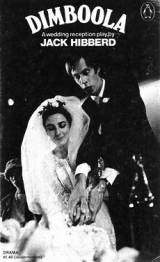 Dimboola, Penguin edition, 1974
Dimboola, Penguin edition, 1974
Buy this book
The remainder of the play is a progression through celebrations of sex and marriage, and the speeches. Horrie takes the floor to praise the band-leader, and tries to maintain a disc-jockey presence against increasing disapproval. This even wins him a moment of wifely support from Mavis. His attempts are swamped first by the priest's increasing drunkennness and the exposure of his interest in sex, highlighted in the song 'In Ireland, old Ireland'. Next, Mutton and Bayonet dominate the scene, mingling tales of their lives with two seven-line 'husband and wife' plays, and songs. It is interesting that the centrepiece of the play is performed by supposedly its least responsible and thoughtful characters.
An interruption! Here is Leonardo Radish, reporter, just arrived from Mildura to cover the event. Radish is introduced to various members of the wedding party. With many of them rushing off to obey the demands of nature, Radish delivers a tirade of disgust, denouncing at length the drunkenness and vulgarity he is witnessing. The result? Both the ladies and their menfolk turn on him. He is forcibly turfed out by Dangles, the unofficial bouncer. End of Act Two! And 'Danny Boy' is Horrie's salute to the occasion – back on track.
By now we have surely recognised the method in this play: it is episodic. The short exchanges, each engaging in its own way, using anything from two to half a dozen of the cast, are interspersed with 'entertainments'. Nonetheless there is a larger structure built from these glimpses of local manners. Initial disagreements end in a fight. Comments on sex and marriage end when a denouncer, a guardian of manners – if you like, a media exorcist – is defrocked and evicted. Whatever this wedding is, it will be conducted as its participants decide.
'Temptation is strong – opportunities for display, the urge to respond to provocations'
The speeches follow a prescribed course. The priest may be drunk, he may have forgotten the names of the married couple ('Daphne', 'Boris'), he may at moments forget what kind of gathering he is addressing, but he finally recovers a sense of occasion and utters sentiments that resemble what's fitting. After interference from the outside world – the unfortunate Radish – the company's jeering has given way to loyal support. The inarticulate bridegroom is coaxed through a few words of appreciation, followed by 'Why was he born so beautiful'. The best man predictably turns out to be eloquent on the subject of his poor mate, ensnared by woman's wiles. Both fathers-in-law deliver suitable short speeches (the circus is winding down). As the party breaks up, Aggie falls into Bayonet's embrace, Mutton guys the bride, and the mates go off together. Finally, to the tune of 'The Sheik of Araby', stuffy spinster Aggie takes what's left – Father O'Shea.
Scandal and respectability, dumbfoundedness and eloquence, hilarity and disgust are inextricably tangled in Dimboola. This play is pre-eminently an entertainment, offering plenty of opportunity for audience participation and emotional response. Like many of the best 1970s plays associated with Melbourne's La Mama theatre and the Pram Factory, it displays manners which are utterly Australian and often less than dignified. You can track its relatives back to 1890s Lawson, Goodge and Ogilvie, and forward to current stage and television social comedy. Behind the near-caricatures of a drunken occasion and its challenging clash of beliefs and manners, we can see the characters as they would be in controlled, less partisan moments, as pillars of society or its less-regulated elements. There is absolutely no disputing their reality.
If the town Dimboola had no other tribute, it should appreciate this carnival celebration of Australian humanity.



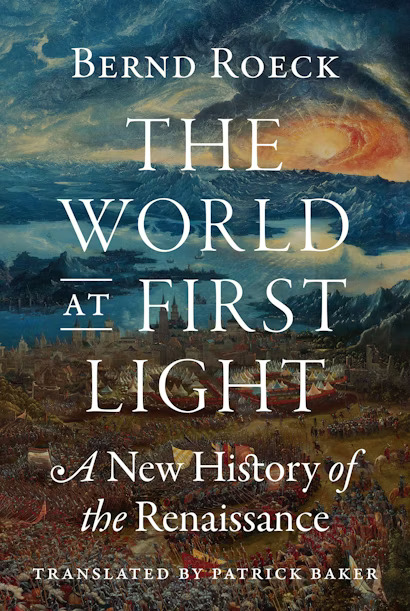
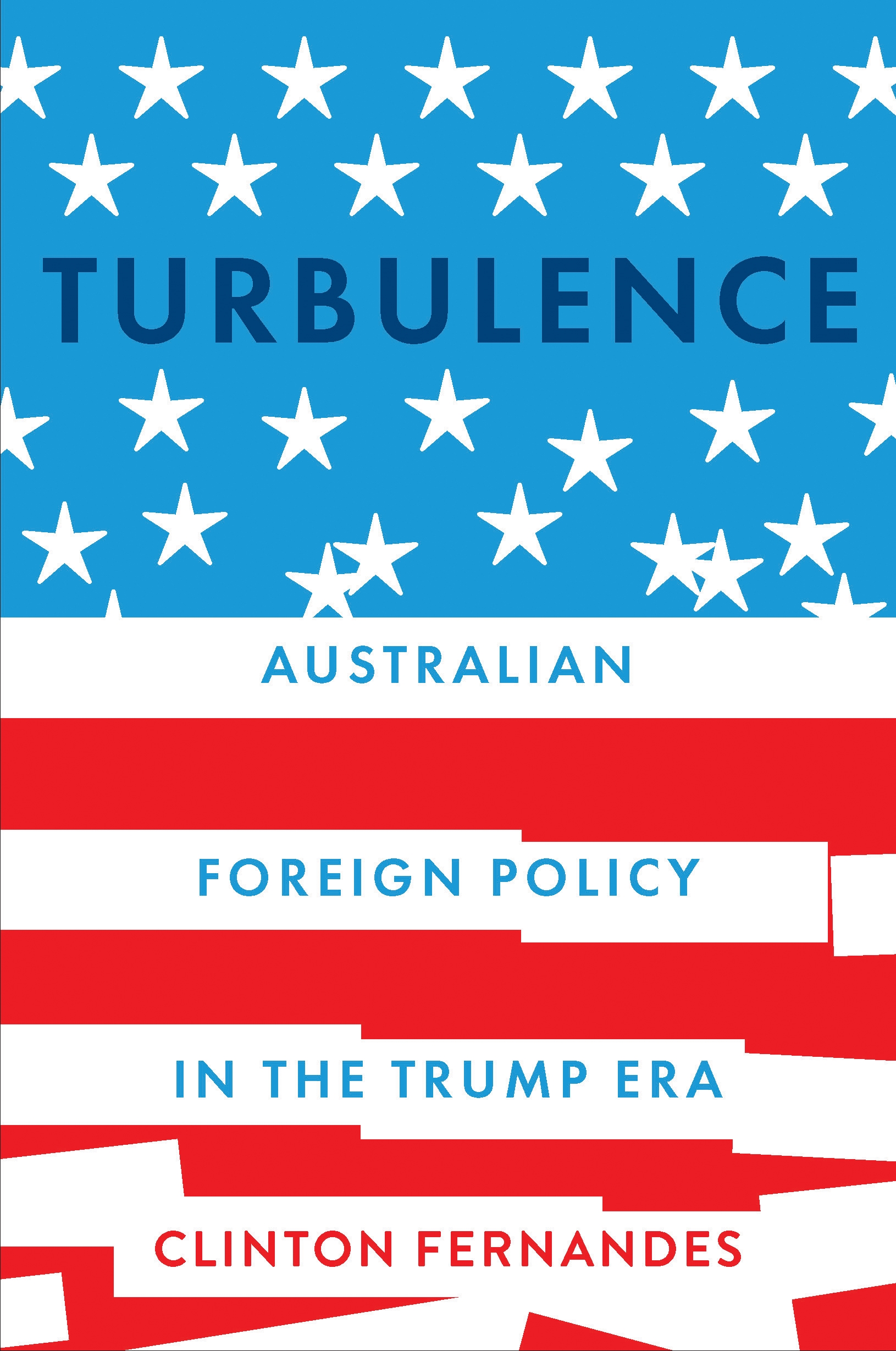
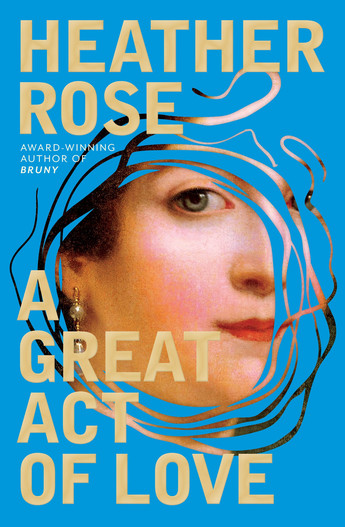
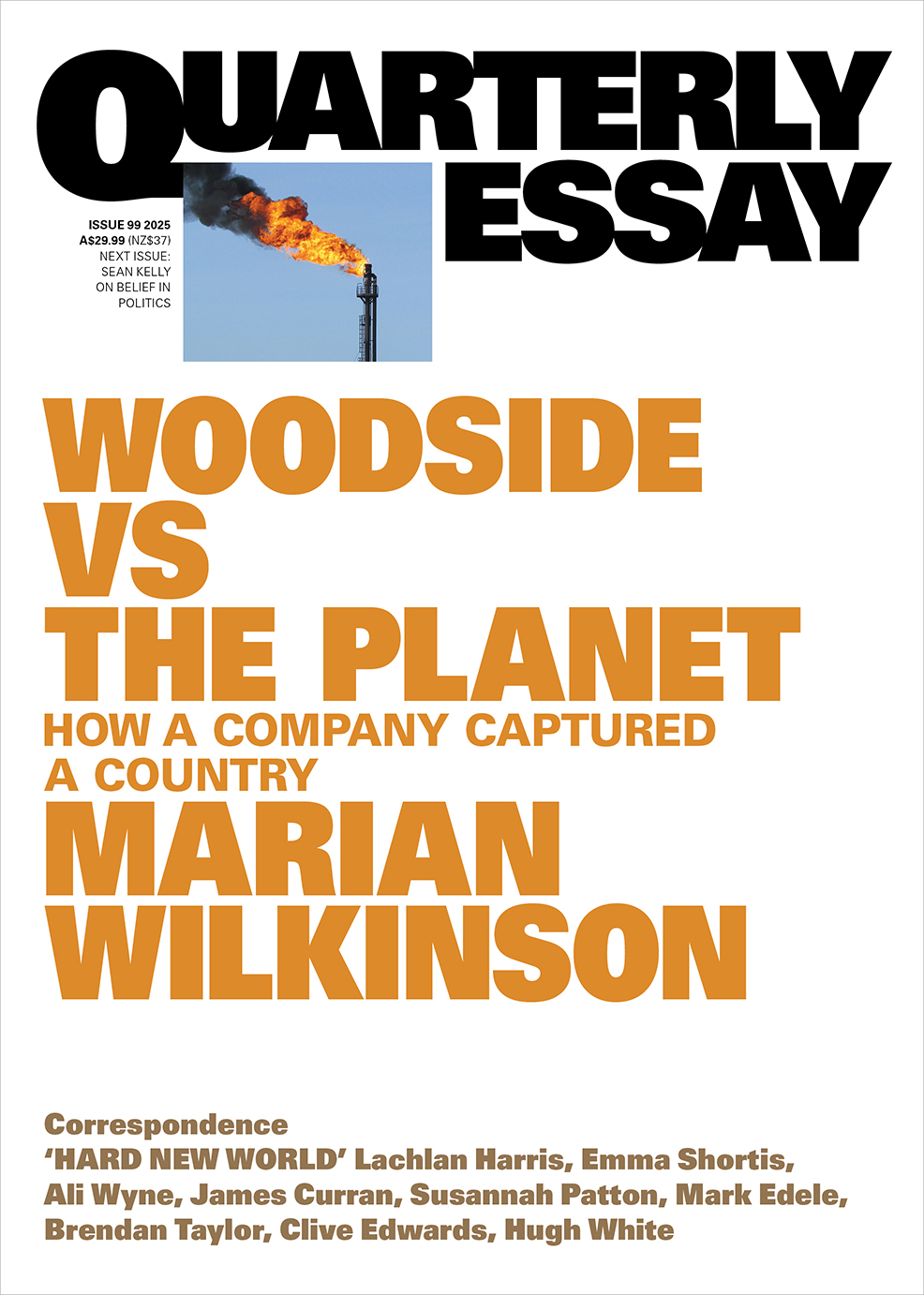
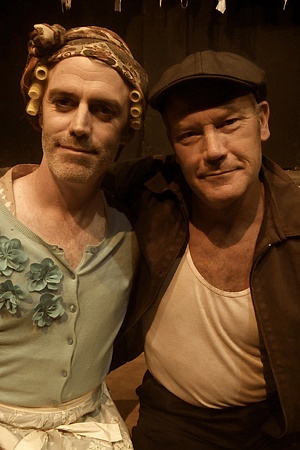
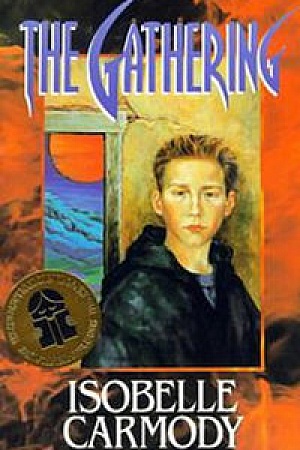
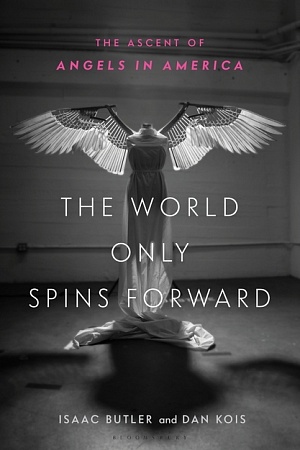
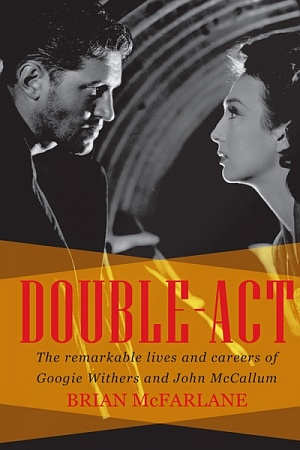
Leave a comment
If you are an ABR subscriber, you will need to sign in to post a comment.
If you have forgotten your sign in details, or if you receive an error message when trying to submit your comment, please email your comment (and the name of the article to which it relates) to ABR Comments. We will review your comment and, subject to approval, we will post it under your name.
Please note that all comments must be approved by ABR and comply with our Terms & Conditions.